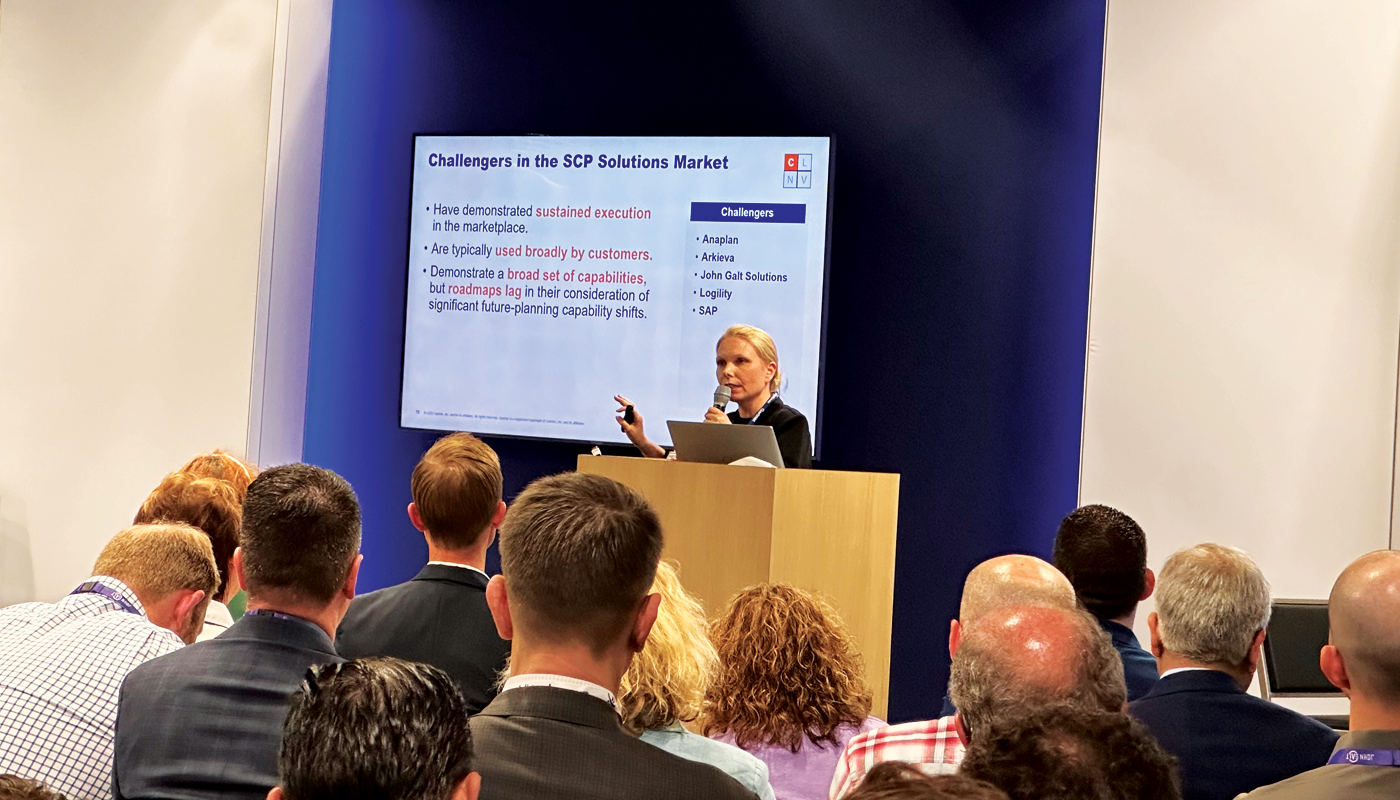Research shows that a majority of mergers fail. A recent study put the percentage as high as 83%. As one would imagine, there are various reasons for this high rate of failure. However, the reasons can be divided into two main groups:
- Two Companies Merge That Should Never Have Done So.
Meaning, the numbers were not there for the merger; either too high a price was paid, or the businesses were just too different. Therefore, the merged entity was doomed from day one. This type of failure is covered in a paper by Richard Roll, appropriately titled The Hubris Hypothesis of Corporate Take Overs. Roll argues that mergers and acquisitions fail because executives sometimes ignore the numbers that are available from previous research and overestimate their chances of creating a successful merger. They suspect that they will be at least better than a big majority of others who have tried. Statistically speaking, this is always a bad bet, and in the world of planning, we sometimes refer to this as the overconfidence bias.
- Assuming the first reason is not the case, mergers can still fail if a variety of different factors do not fall into place. For example:
- Not enough attention was given to cultural integration (or in some cases, too much emphasis was given to this when the best case would have been to let the two entities continue with their separate cultures).
- Appropriate metrics were not developed early enough to measure the progress of the merger.
- Transaction systems were merged too quickly; this is often a bad idea because the cost and the effort needed to do this can be debilitating.
- Not enough attention was given to the visibility and planning systems.
Two companies merging with two sets of completely different transaction systems (including ERP systems) can be extremely time consuming to merger these systems because the death knell of the overall merger. However, the need for management to see the combined numbers is there from day one. In the absence of usable tools, users will resort to using what is readily available to them. Typical the end results of these processes are a hodge-podge of Excel spreadsheets.
Having lived through this experience a few times, I recommend companies invest in a supply chain data repository which can take two or more streams of data and combine them to create a consolidated view. A good system can accomplish this in 4 to 6 weeks. Even if the underlying data feed is coming from two completely different ERP systems, such a data repository can quickly and effectively create a view that provides suitable data views for decision making.
The management team can then use this repository to gain access to key reports on production, production reliability, inventory allocation, demand variability, and order fulfillment performance. They can also understand the differences in how the two merging entities interpret their data.
The database can also take transactional data (such as orders, production information, purchases, and requisitions) from the existing systems and apply the appropriate rules and interpretations to make the data consistent. The database then provides the basis for calculating and reporting on the common metrics that define the merging companies. Consolidating the data immediately provides visibility to management without having to tackle the issue of changing the entire systems infrastructure.
If this approach is performed correctly, within a very short period, the merged entity can be applying good principals of Sales and Operations Planning (S&OP) and Integrated Business Planning (IBP). At the very least, management will not be flying blind, allowing them to better maneuver the business through the challenges that surely lie ahead.
Like this blog? Follow us on LinkedIn or Twitter and we will send you notifications on all future blogs.






